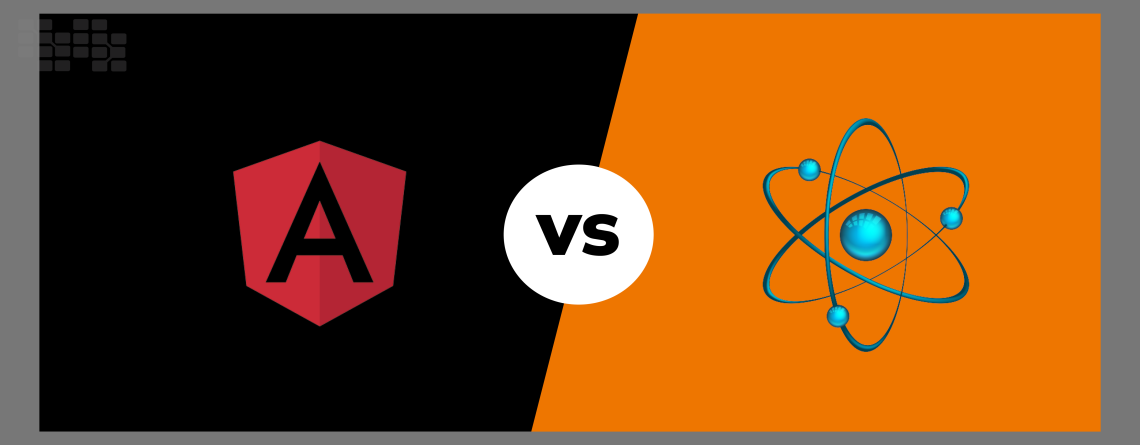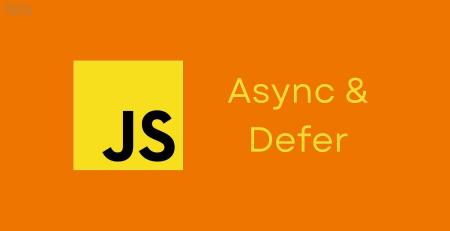Angular vs React: Which One Would You Recommend To Use For An Enterprise Application?
Because they are so complex, enterprise applications need the usage of strong tools to achieve exceptional performance and scalability. Among developers and businesses, Angular and React are two of the most well-liked JavaScript frameworks. Which framework is more effective for creating corporate apps, despite the fact that both have advantages and disadvantages? We’ll go into great detail about the differences between Angular and React in this blog article to assist you in choosing which one to utilize for your commercial application.
What is Angular?
Angular is an open-source front-end web application framework developed by Google. It was first released in 2010 and is written in TypeScript, a superset of JavaScript. Angular has a component-based architecture, which means developers can create reusable UI components that can be used across multiple web pages. One of the biggest advantages of using Angular is its powerful data binding capabilities. With Angular, you can easily manage the flow of data between components and templates, which makes it easier to build complex applications. Angular also has a robust set of tools and libraries that can help developers build scalable and maintainable applications.
What is React?
Facebook also created React, an open-source front-end web application framework. It was initially made available in 2013 and was created in JavaScript. React employs a virtual DOM, which makes it more efficient than conventional DOM manipulation at rendering updates. React is a component-based framework that enables developers to make reused user interface components.
Utilizing React has a lot of benefits, including performance. React’s virtual DOM enables it to modify the actual DOM only seldom, resulting in quicker rendering times. React’s high degree of adaptability enables developers to create apps that are customized to their unique requirements.
Angular vs React: Which one to use for enterprise applications?
Both Angular and React have their pros and cons, and choosing one over the other ultimately depends on your specific needs. However, here are some factors that can help you decide which one to use for your enterprise application:
- Performance
One of the most important aspects of corporate software is performance. Both Angular and React have good speed, however React slightly outperforms Angular in terms of rendering updates because to its virtual DOM. The performance of Angular is still outstanding, and it is also very scalable.
- Learning Curve
Compared to React, Angular has a more difficult learning curve, partly because it leverages TypeScript. Because TypeScript is a superset of JavaScript, developers must master more syntax and ideas in order to utilize Angular properly. The pure JavaScript used by React, on the other hand, makes it simpler for developers to get started.
- Tooling and Libraries
Developers can create scalable and maintainable apps with the aid of the powerful collection of tools and frameworks provided by Angular. React has a lot broader ecosystem, though, and it offers a ton of third-party libraries and tools that may aid developers in creating apps more quickly.
- Community Support
React and Angular both have sizable and vibrant communities, but React’s is larger and more vibrant. This implies that developers who use React have access to a wealth of documentation, tutorials, and resources. But the Angular community is also quite helpful and supportive.
- Maintainability
Enterprise programs must be easily modified, extended, and refactored in order to be maintained. Reusable components are simple to construct with both Angular and React, although Angular has a minor advantage because of its strict type system, which makes it simpler to maintain sizable codebases.
Conclusion
React and Angular are both top-notch frameworks for creating business apps. Both have advantages and disadvantages, and your particular demands will ultimately determine which is best for you. React can be a better option if your application’s performance is crucial. If scalability and maintainability are important to you, Angular could be a better option. However, it’s important to take into account all of the aforementioned variables before choosing a choice.
It’s important to keep in mind that there are more frameworks, such Vue.js and Ember.js, that should be taken into account for corporate apps. However, the two most well-liked frameworks, Angular and React, have established themselves as solid options for creating complex apps.
It’s important to take into account your team’s proficiency and experience with each framework while choosing between Angular and React. It could be wiser to remain with the framework that your staff is more accustomed to if there is a difference in familiarity. It could be worthwhile to take the time to compare the two and come to a well-informed conclusion if, on the other hand, you’re starting from scratch and have no past experience with either framework.
Choosing the appropriate framework for your corporate application is ultimately a crucial choice that will have an influence on the performance, scalability, and maintainability of your application. You may make a decision that will result in the effective development of your company application by carefully weighing the elements outlined above.












Leave a Reply